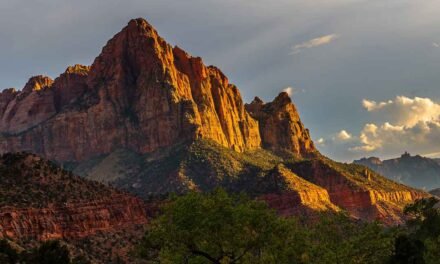Welcome to Hot Springs National Park, a beautiful destination located in the heart of Arkansas. This park, famous for its healing thermal waters, also boasts an impressive array of wildlife. In this visitor’s guide, we’ll explore the most popular and iconic species you can find in the park and discuss the best times to spot them during the different seasons. Let’s dive into the world of Hot Springs National Park’s wildlife!
A Glimpse at Hot Springs National Park’s Ecosystem
Hot Springs National Park is a relatively small park, covering around 5,550 acres. Despite its size, the park’s diverse ecosystem is home to various habitats, including hardwood forests, streams, and the park’s namesake – the hot springs. This rich environment attracts a variety of wildlife, from mammals and birds to reptiles and amphibians. Below are some of the most popular and iconic species you can find within the park.
Mammals of Hot Springs National Park
White-tailed Deer
The White-tailed Deer is the largest mammal in the park and is commonly spotted by visitors. These graceful creatures can be found throughout the park, feeding on vegetation in the early morning and evening hours. They are most active during the spring and fall, making these the ideal seasons for deer sightings.
Eastern Gray Squirrel
Another frequently seen mammal in Hot Springs National Park is the Eastern Gray Squirrel. This energetic rodent can be observed scampering through the trees and on the forest floor. Watch them as they forage for nuts and seeds in the fall, or during the spring and summer as they prepare their nests.
Raccoons
These curious nocturnal mammals are a delight to spot in the park, but they can be elusive. Look for Raccoons near water sources or wooded areas during the early morning or late evening. They are most active in the warmer months, making summer the best time for Raccoon sightings.
Red Fox
The elusive Red Fox is a rare sight for visitors to Hot Springs National Park. Known for their cunning and intelligence, these mammals are often spotted in wooded areas at dawn and dusk. Your best chance to see a Red Fox is during the winter months when their bright red coat stands out against the snow.
Birds of Hot Springs National Park
Pileated Woodpecker
This large, striking woodpecker is a year-round resident of the park and can be found in forested areas. With its distinct red crest and loud drumming, the Pileated Woodpecker is an iconic species in Hot Springs National Park. Keep an ear out for their distinctive calls throughout the year.
Barred Owl
Another resident species, the Barred Owl, is known for its distinctive “who cooks for you” call. This large owl can be found in the park’s wooded areas, particularly near water sources. The best time to spot these nocturnal birds is during the late fall and winter months, when they become more active at dusk.
Eastern Bluebird
The Eastern Bluebird, with its vivid blue and orange plumage, is a favorite among birdwatchers. These birds can be found throughout the park during the spring and summer months, nesting in tree cavities or man-made birdhouses. Keep an eye out for them perched on branches or fences as they scan the ground for insects.
Great Blue Heron
Standing tall and statuesque, the Great Blue Heron is an impressive sight in Hot Springs National Park. These wading birds can be found near the park’s water sources, such as ponds, streams, and wetlands. They are most active during the spring and summer months, making this the best time for heron sightings.
Reptiles and Amphibians of Hot Springs National Park
Eastern Box Turtle
The Eastern Box Turtle, with its distinctive high-domed shell, is a common sight in Hot Springs National Park. These terrestrial turtles prefer the park’s wooded areas and can often be seen foraging for food on the forest floor. They are most active during the warmer months, from late spring to early fall.
Common Snapping Turtle
The Common Snapping Turtle, known for its powerful jaws and aggressive behavior when threatened, can be found in the park’s ponds and streams. While sightings are rare, you might be lucky enough to spot one basking on a log or submerged in shallow water during the summer months.
American Bullfrog
This large, vocal frog is a frequent sight and sound in Hot Springs National Park. American Bullfrogs can be found near ponds, streams, and wetlands, particularly during their breeding season in late spring and early summer. Listen for their deep, resonant calls, which can be heard both day and night.
Best Times and Locations to Spot Wildlife
The best times to spot wildlife in Hot Springs National Park are generally during the early morning and late afternoon hours, when the animals are most active. Seasonal changes also impact the activity levels of different species, as outlined in the descriptions above. Here are some tips for maximizing your wildlife sightings in the park:
- Visit during the spring and fall, when the park’s animals are most active due to milder temperatures and abundant food sources.
- Look for wildlife near water sources, such as ponds, streams, and wetlands, as these areas attract a variety of species.
- Take a quiet, slow-paced hike through the park’s wooded areas to increase your chances of encountering elusive species like foxes and owls.
- Bring a pair of binoculars to spot birds and other wildlife from a distance without disturbing their natural behaviors.
Conclusion
Hot Springs National Park offers visitors a unique opportunity to experience a diverse range of wildlife, from large mammals like the White-tailed Deer to vibrant birds like the Eastern Bluebird. By following the tips provided in this guide and visiting during the optimal seasons, you’re sure to have a memorable wildlife experience during your trip to Hot Springs National Park.



